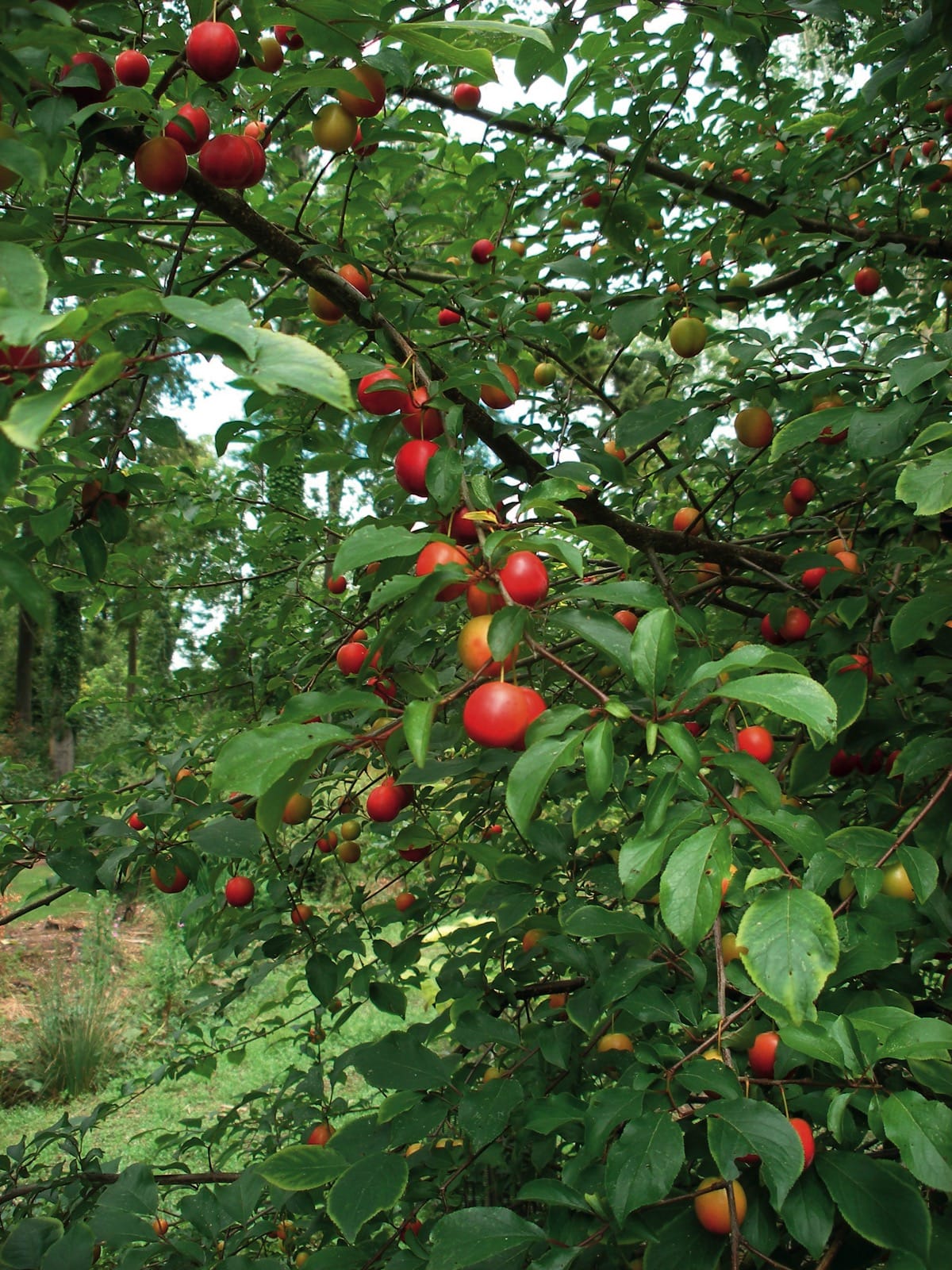Prunus sogdiana
Credits
Article from New Trees by John Grimshaw & Ross Bayton
Recommended citation
'Prunus sogdiana' from the website Trees and Shrubs Online (treesandshrubsonline.
Genus
Common Names
- Alycha
- Sogdijskaya Plum
Other taxa in genus
- Prunus alleghaniensis
- Prunus americana
- Prunus × amygdalo-persica
- Prunus amygdalus
- Prunus angustifolia
- Prunus apetala
- Prunus arabica
- Prunus argentea
- Prunus armeniaca
- Prunus avium
- Prunus besseyi
- Prunus brigantina
- Prunus campanulata
- Prunus canescens
- Prunus cantabrigiensis
- Prunus cerasifera
- Prunus cerasus
- Prunus cocomilia
- Prunus concinna
- Prunus conradinae
- Prunus consociiflora
- Prunus cornuta
- Prunus cuthbertii
- Prunus dasycarpa
- Prunus davidiana
- Prunus × dawyckensis
- Prunus dielsiana
- Prunus domestica
- Prunus dulcis
- Prunus emarginata
- Prunus × fontanesiana
- Prunus fruticosa
- Prunus glandulosa
- Prunus grayana
- Prunus himalaica
- Prunus hortulana
- Prunus humilis
- Prunus ilicifolia
- Prunus incana
- Prunus incisa
- Prunus jacquemontii
- Prunus kansuensis
- Prunus lannesiana
- Prunus laurocerasus
- Prunus litigiosa
- Prunus lusitanica
- Prunus maackii
- Prunus mahaleb
- Prunus maritima
- Prunus maximowiczii
- Prunus microcarpa
- Prunus mira
- Prunus mugus
- Prunus mume
- Prunus nigra
- Prunus nipponica
- Prunus orthosepala
- Prunus padus
- Prunus pensylvanica
- Prunus persica
- Prunus pilosiuscula
- Prunus prostrata
- Prunus pumila
- Prunus rufa
- Prunus salicina
- Prunus sargentii
- Prunus serotina
- Prunus serrula
- Prunus serrulata
- Prunus sibirica
- Prunus × sieboldii
- Prunus simonii
- Prunus speciosa
- Prunus spinosa
- Prunus ssiori
- Prunus subcordata
- Prunus subhirtella
- Prunus takesimensis
- Prunus tangutica
- Prunus tenella
- Prunus tomentosa
- Prunus triloba
- Prunus virginiana
- Prunus × yedoensis
Shrub or tree 2–8 m; generally not suckering. Bark dark grey to black. Branchlets green, then yellowish brown to reddish brown; spines present or absent. Leaves deciduous, (1.5–)4–5(–6) × (0.5–)2–4 cm, ovate to elliptic, upper surface dark green and glabrous, lower surface pale green with tufts of hair in the vein axils, margin serrate, apex acute to rounded; leaves turning lemon-yellow in autumn; petiole 0.4–1 cm long; stipules caducous. Flowers white, fragrant, 5-merous, 1.5–2.5 cm diameter, appearing before the leaves; hypanthium pinkish green, sepals reflexed, green with pink margins, petals almost circular, concave, 1.4–1.8 cm diameter, stamens ~20. Fruit a yellow, pink, red or blue plum, 1–1.5 cm diameter. Dzhangaliev et al. 2003. Distribution KAZAKHSTAN; KYRGYZSTAN; TAJIKISTAN; UZBEKISTAN (?). Habitat Forest and scrub in river valleys and mountain slopes, between 800 and 2200 m asl. USDA Hardiness Zone 4. Conservation status Not evaluated. Illustration NT664, NT666. Taxonomic note This little-known taxon may be synonymous with P. cerasifera Ehrh. subsp. divaricata (Ledeb.) C.K. Schneid.
Whatever its true nomenclatural position, Prunus sogdiana is essentially a central Asian member of the P. cerasifera alliance, and looks like it: in other words, it is a pretty, hardy little tree with abundant white blossom, followed by tasty plums. Its decorative qualities are highly praised by those who grow it. A multistemmed tree of 7.4 m in the Hillier Gardens, raised from seed sent by the Moscow Botanical Garden ‘about forty years ago’ (A. Coombes, pers. comm. 2008), seems to be the earliest recorded specimen in western cultivation. A recent batch of seedlings raised by Tim Whiteley at Evenley Wood, Northamptonshire have turned out to have fruits of different colours: the tree at Evenley Wood (illustrated here) has red fruits, while at Hergest Croft another two from the batch have purple or yellow fruits. These trees have currently reached c.1.8 m, from planting in 2004, first fruiting in 2007 at Hergest Croft, and are described by Lawrence Banks (pers. comm. 2008) as being ‘spectacular’ in flower in late March.

